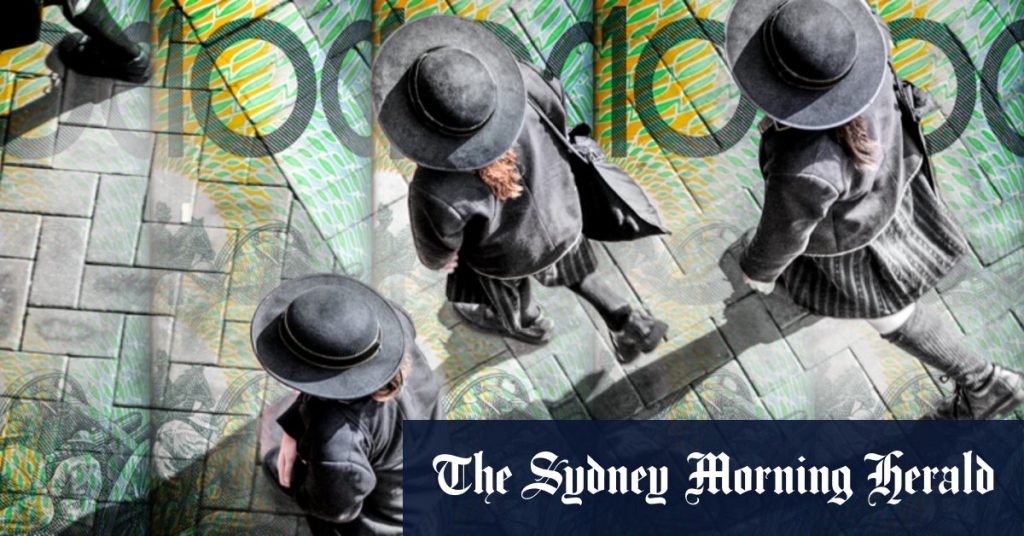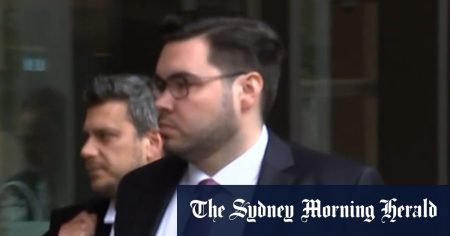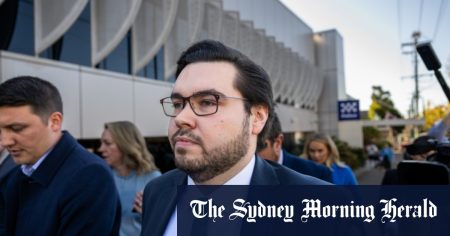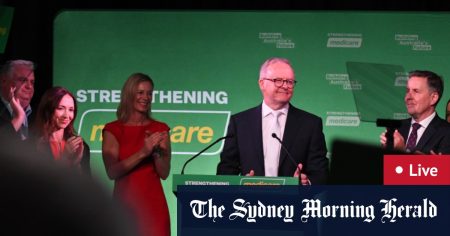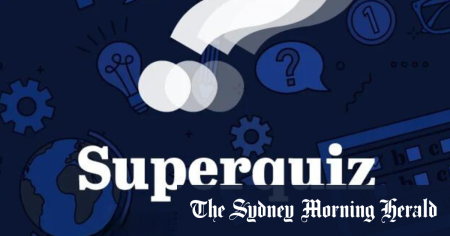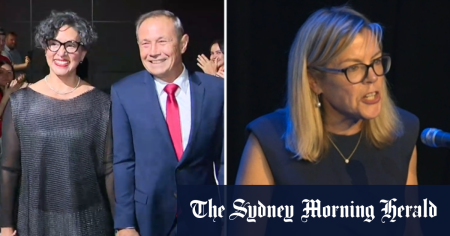The Australian education funding landscape, particularly concerning non-government schools, is a complex interplay of government contributions, parental fees, and socio-economic factors. Recent data reveals a stark contrast in funding levels allocated to different private schools, sparking debate about equitable resource distribution and the role of parental income in determining school funding. John XXIII College, for example, received 126% of its School Resourcing Standard (SRS) in 2024, amounting to over $8.8 million, a figure projected to decrease to just over $7 million by 2029. Several other prominent private schools, including All Saints’ College, Guildford Grammar School, Hale School, Penrhos, Perth College, and Wesley College, also received funding exceeding their calculated SRS benchmarks in 2023, ranging from 102% to 115%. This disparity in funding raises questions about the criteria used to determine resource allocation and the potential impact on educational outcomes.
The Association of Independent Schools WA contends that the non-government school sector plays a crucial role in alleviating pressure on public education funding, enabling governments to allocate resources to areas of greater need. They argue that parental contributions through school fees significantly reduce the burden on taxpayers and represent a substantial investment in education. This perspective emphasizes the shared responsibility between government and families in financing education and highlights the potential cost savings associated with a robust private school sector. However, this argument fails to address the inherent inequities that arise when schools serving affluent families receive disproportionately higher funding than those catering to less privileged communities.
The data further reveals a correlation between high funding levels and parental income. The median incomes of families whose children attend the aforementioned over-funded private schools range from $240,000 to $298,000, significantly higher than the national average. This raises concerns about the fairness of a system that appears to favor schools catering to wealthier families, potentially exacerbating existing educational disparities. Critics argue that directing substantial public funds to schools already benefiting from significant private contributions undermines the principle of equitable resource allocation and perpetuates a system that advantages the already privileged.
Economist Trevor Cobbold, a vocal advocate for public education, asserts that indexation will mitigate the impact of SRS reductions for most transitioning schools. He contends that only a small number of schools will experience actual funding cuts, which he deems necessary to address historical overfunding and redirect resources towards disadvantaged public schools. Cobbold argues that the current funding model disproportionately benefits wealthier private schools at the expense of public education, exacerbating existing inequalities. He advocates for a more equitable funding system that prioritizes the needs of disadvantaged students and ensures that all children have access to a quality education, regardless of their socioeconomic background.
The core of the funding debate revolves around the School Resourcing Standard (SRS), a benchmark designed to calculate the appropriate funding level for each school based on student needs and characteristics. For most non-government schools, the financial capacity of parents and carers to contribute to operating costs is a key factor in determining the base amount. The federal government contributes 80% of each private school’s SRS benchmark, with states responsible for the remaining 20%. This shared funding model underscores the complex relationship between federal and state governments in supporting both public and private education.
The current funding model, however, raises critical questions about equity and fairness. While advocates for private schools emphasize the role of parental contributions in reducing the burden on taxpayers, critics argue that this approach leads to a two-tiered system, where schools with wealthier parent communities receive significantly more resources than those serving less affluent families. This disparity raises concerns about the equitable distribution of public funds and the potential impact on educational outcomes for students from different socioeconomic backgrounds. The debate underscores the ongoing tension between supporting parental choice in education and ensuring that all students, regardless of their family’s financial circumstances, have access to a quality education.




